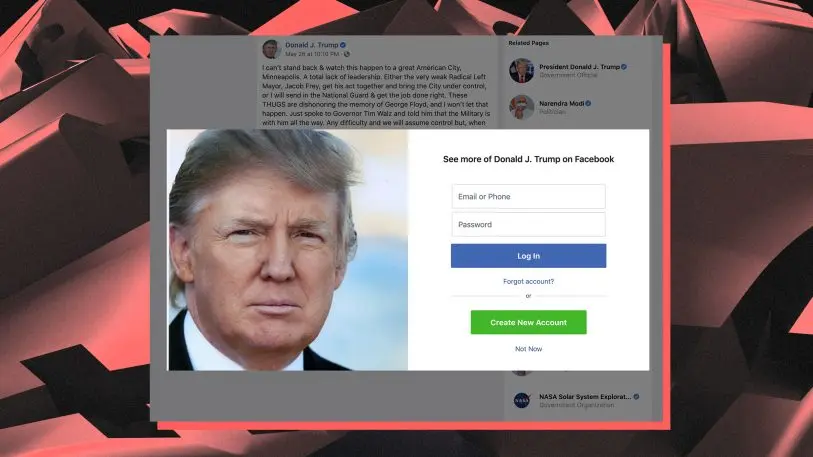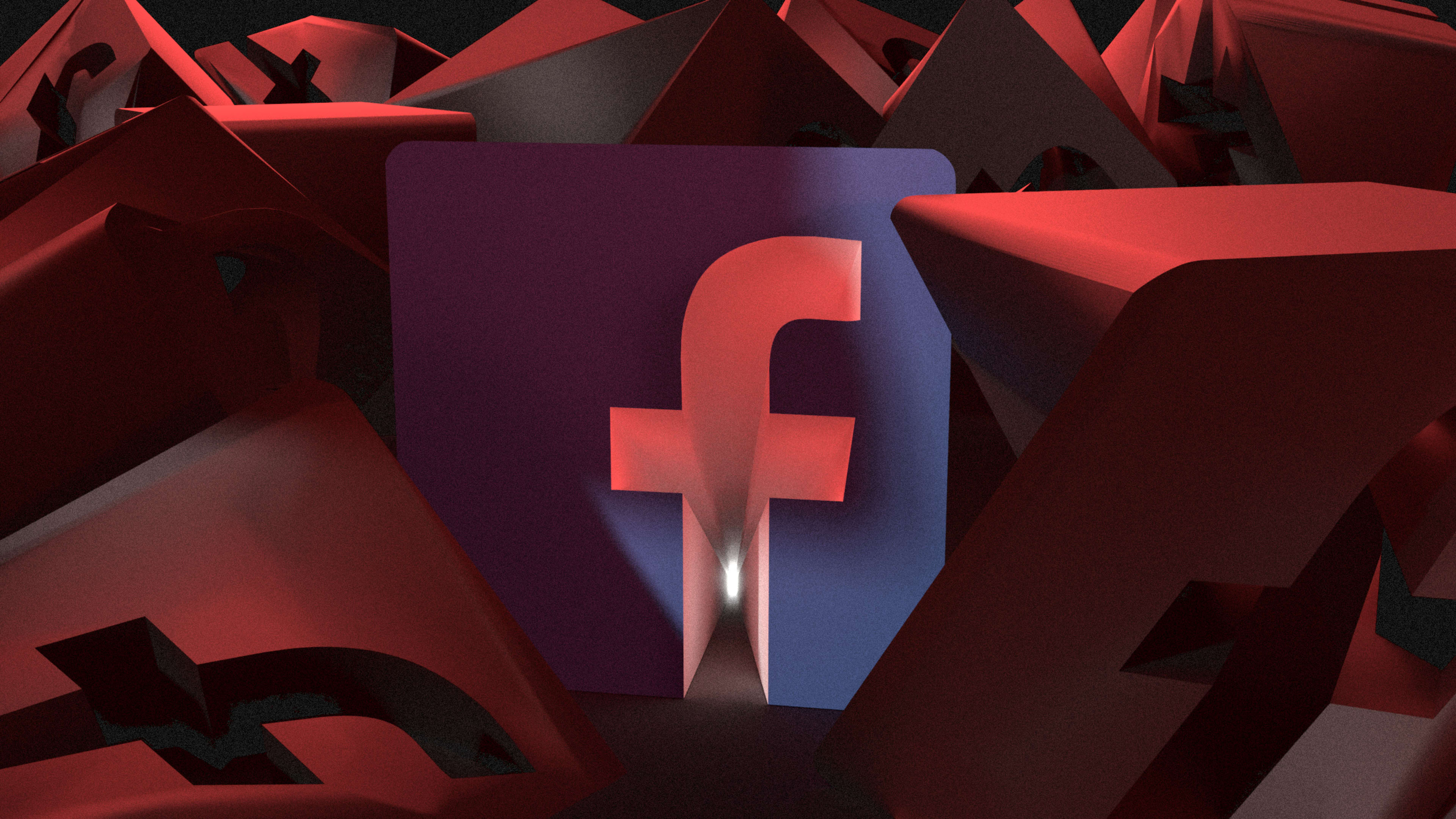It seems like a lifetime ago. But after Donald Trump won the 2016 election, much of the social media industry seemed to be having an awakening about the role it played in misinformation. From its easy sharing buttons to its suggestive algorithms, Facebook, in particular, enabled the spread of Russian propaganda that helped get Trump elected.
Four years and several experiments in fact-checking later, and Facebook has failed at flushing misinformation and hate speech from the platform. This was clearest in Trump’s recent Facebook post following the death of George Floyd, which echoed the notorious 1968 Miami police chief Walter Headley in declaring, “when the looting starts, the shooting starts.” Facebook employees are walking off the job as a result of Trump’s post staying on the site with no qualifiers.
But back in 2016, a Facebook designer named Lisa Sy prototyped a series of designs to flag hate speech, from Donald Trump himself, on the platform. It was dubbed the Hate Speech Banner. And last week, she shared her never-before-seen work on Twitter.
thanks for your courage @chrismasterson.
As an ex-FBer, I share a lot of similar feelings w you. When I saw Twitter's new roll-out and clear stance today, I thought about these designs I'd mocked up while @ FB immediately after Trump won. Four years later, and we're still here. https://t.co/o6hiUhFEgt pic.twitter.com/WnWtwPk98u
— Lisa Sy 🦋 (@lisasy) May 30, 2020
This exact design could have been deployed to flag Trump’s hateful comments posted on the platform last week and other times throughout his presidency. Instead, Facebook allowed versions of it to be shared on both Facebook and Instagram without any sort of intervention. In fact, when I viewed Trump’s post without logging into the service, Facebook actually used the moment to offer me an advertisement to “See more of Donald J. Trump on Facebook.”

The Hate Speech Banner is not one design but a series of three different options that she suggested the company could deploy to address non-removed hate speech, mocked up on a hypothetical video from Trump. All contain the exact same verbiage, with a link, “This video violates Facebook’s Community Standards for Hate Speech. *Learn Why It’s Still on Facebook*”
Her preferred version had this banner in white, blending it into the rest of the site. Alternative options were offered in gray and bright blue. It should be noted that all three of these designs are relatively subtle and reserve overt judgment on the content. They do indirectly label Trump’s hate speech, but they don’t flag it with scary red alert lettering, nor do they do anything to obfuscate Trump’s message itself. Note that, in her design, you can still like, share, and comment, too.
Fast-forward to 2020, and while Facebook does pull some hate speech from its platform, this policy doesn’t apply to Trump. “Four years later, and we’re still here,” Sy wrote. It’s true. While even Twitter has decided to place the slightest of limiters on Trump’s violent messaging, Facebook continues to leave it unchecked. And it reminds me of the old adage: Those who refuse to learn from history are destined to repeat it.
Recognize your brand’s excellence by applying to this year’s Brands That Matter Awards before the early-rate deadline, May 3.
